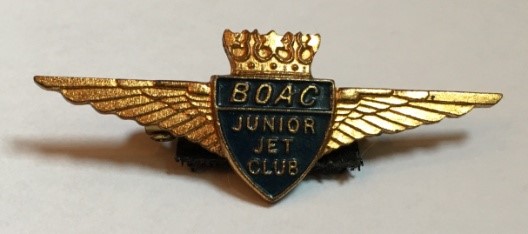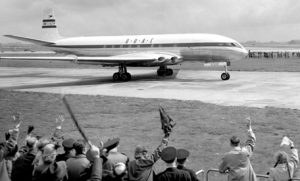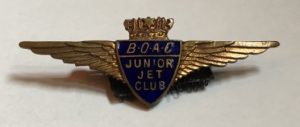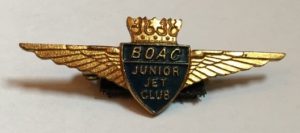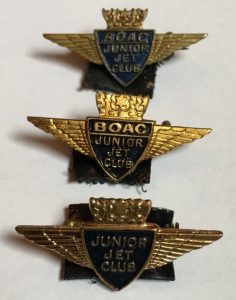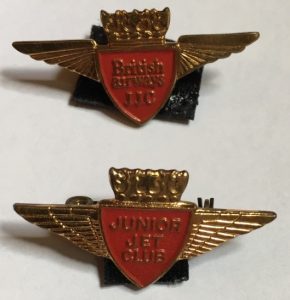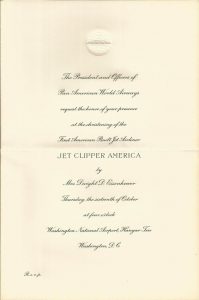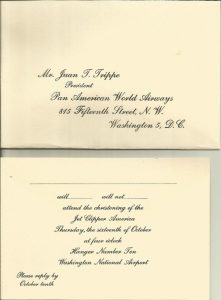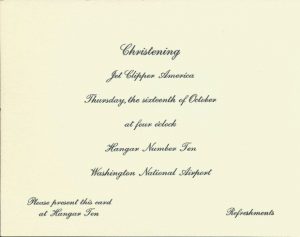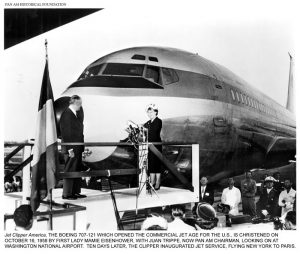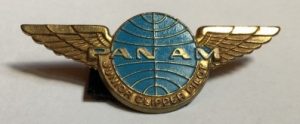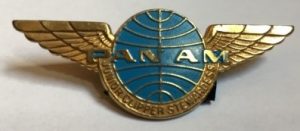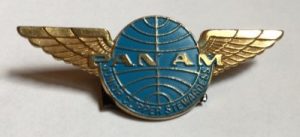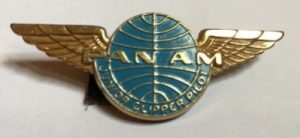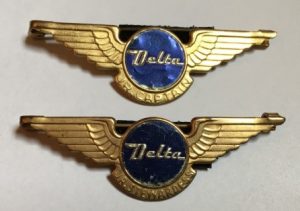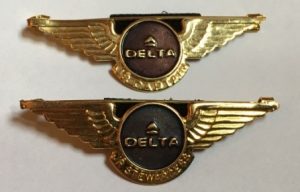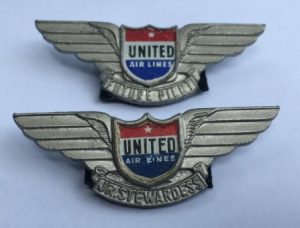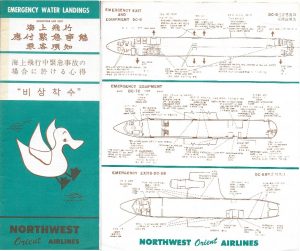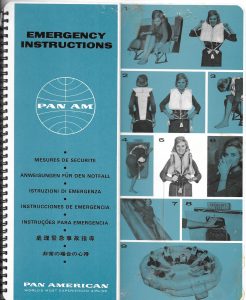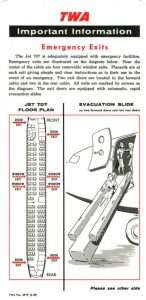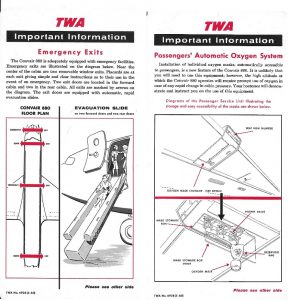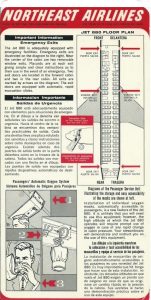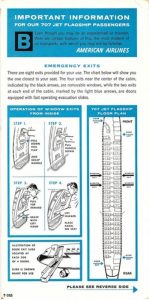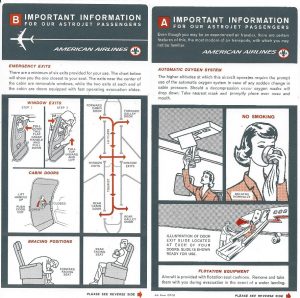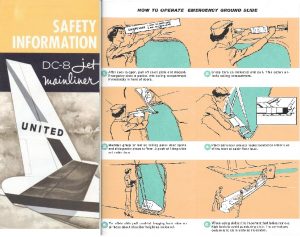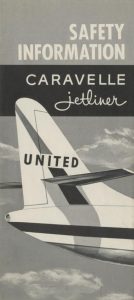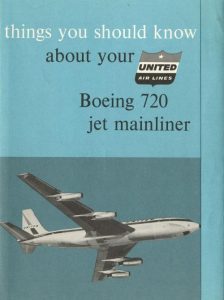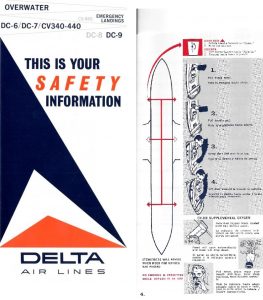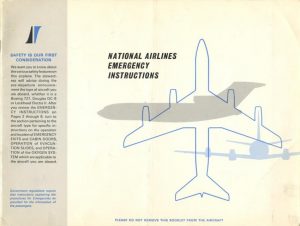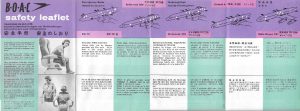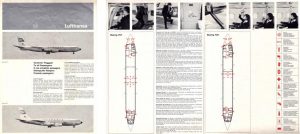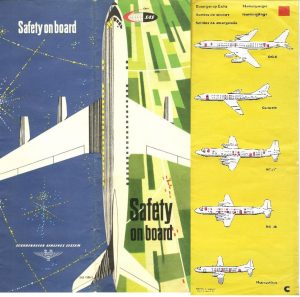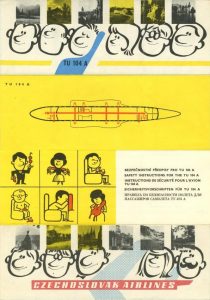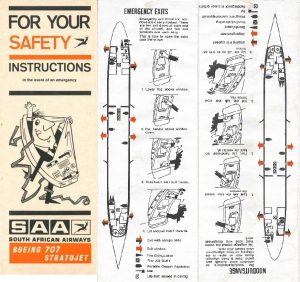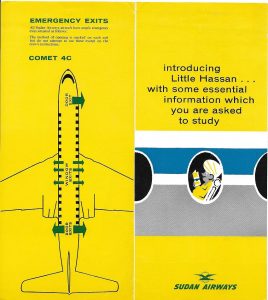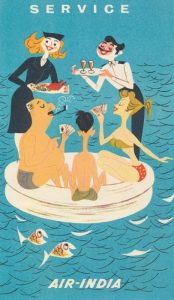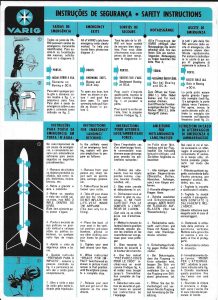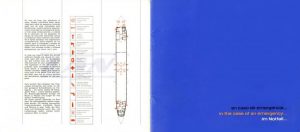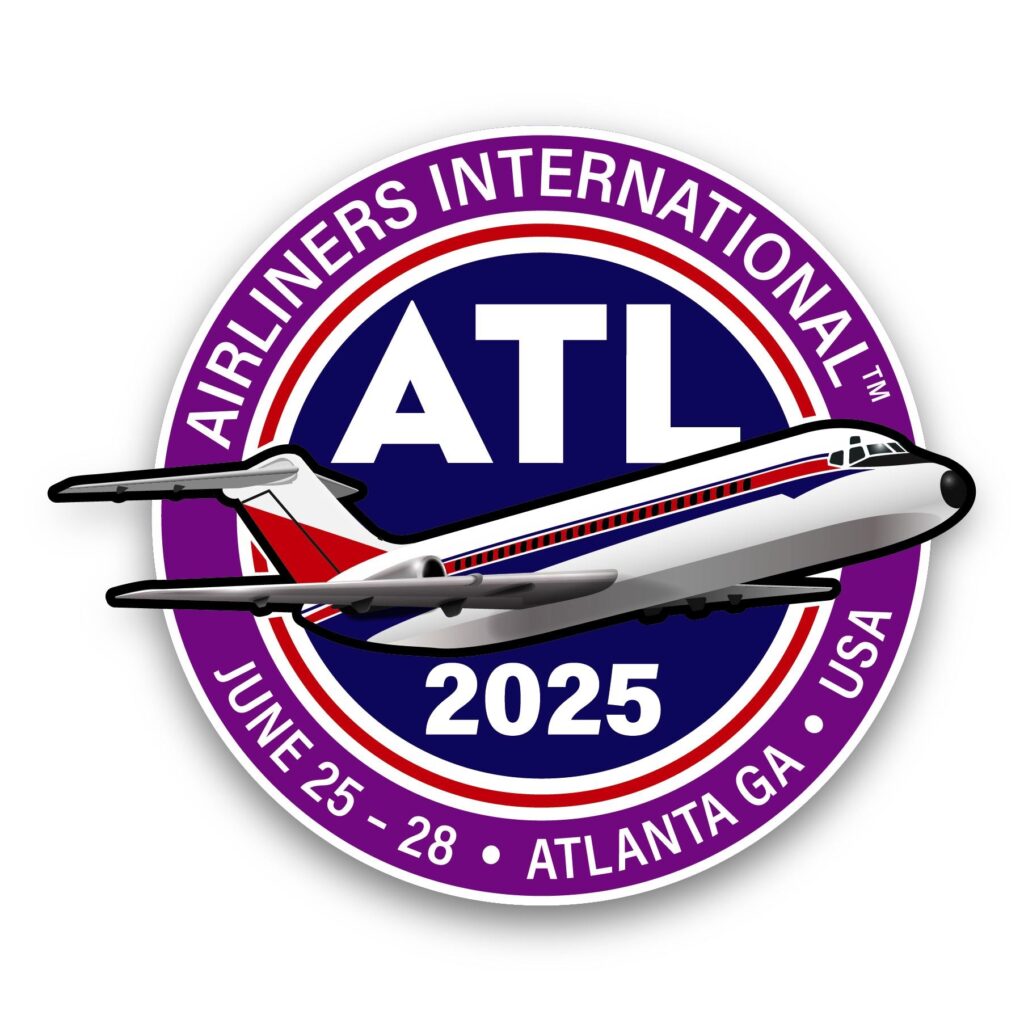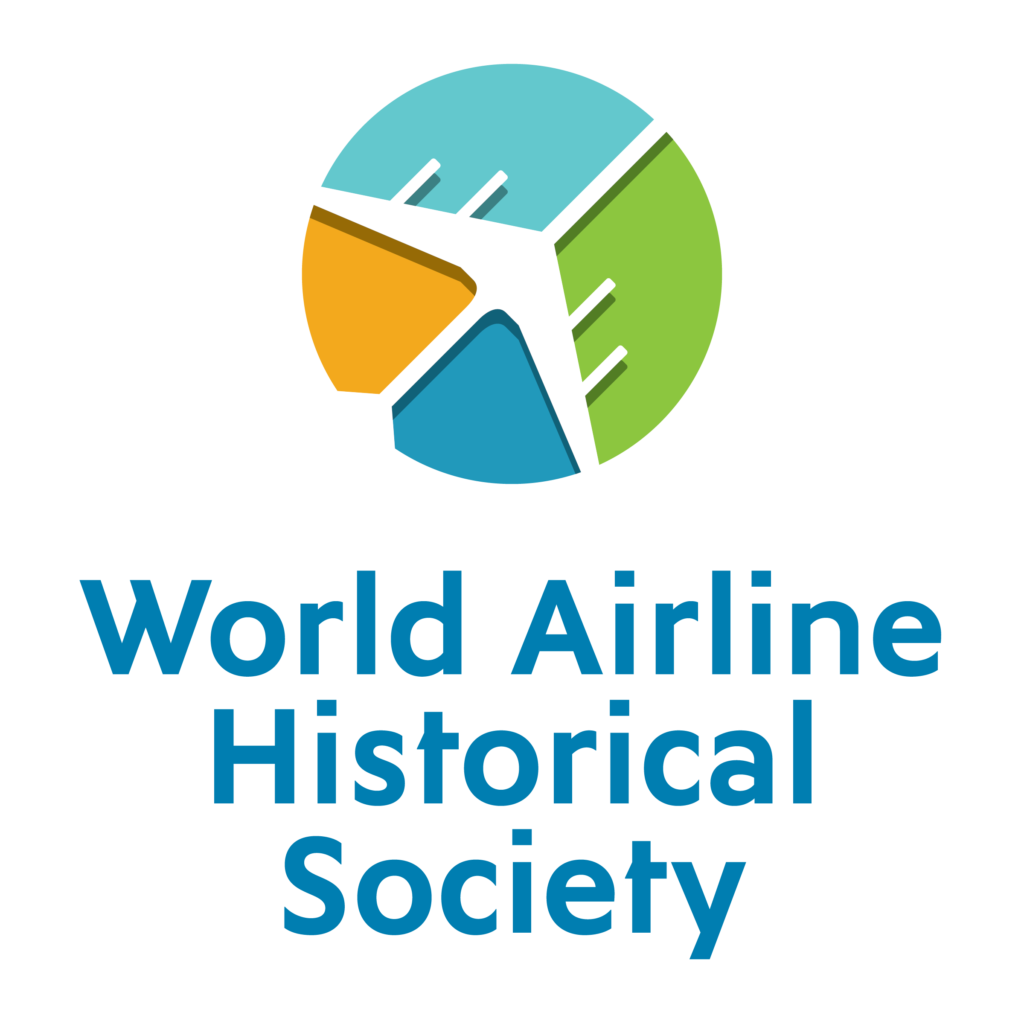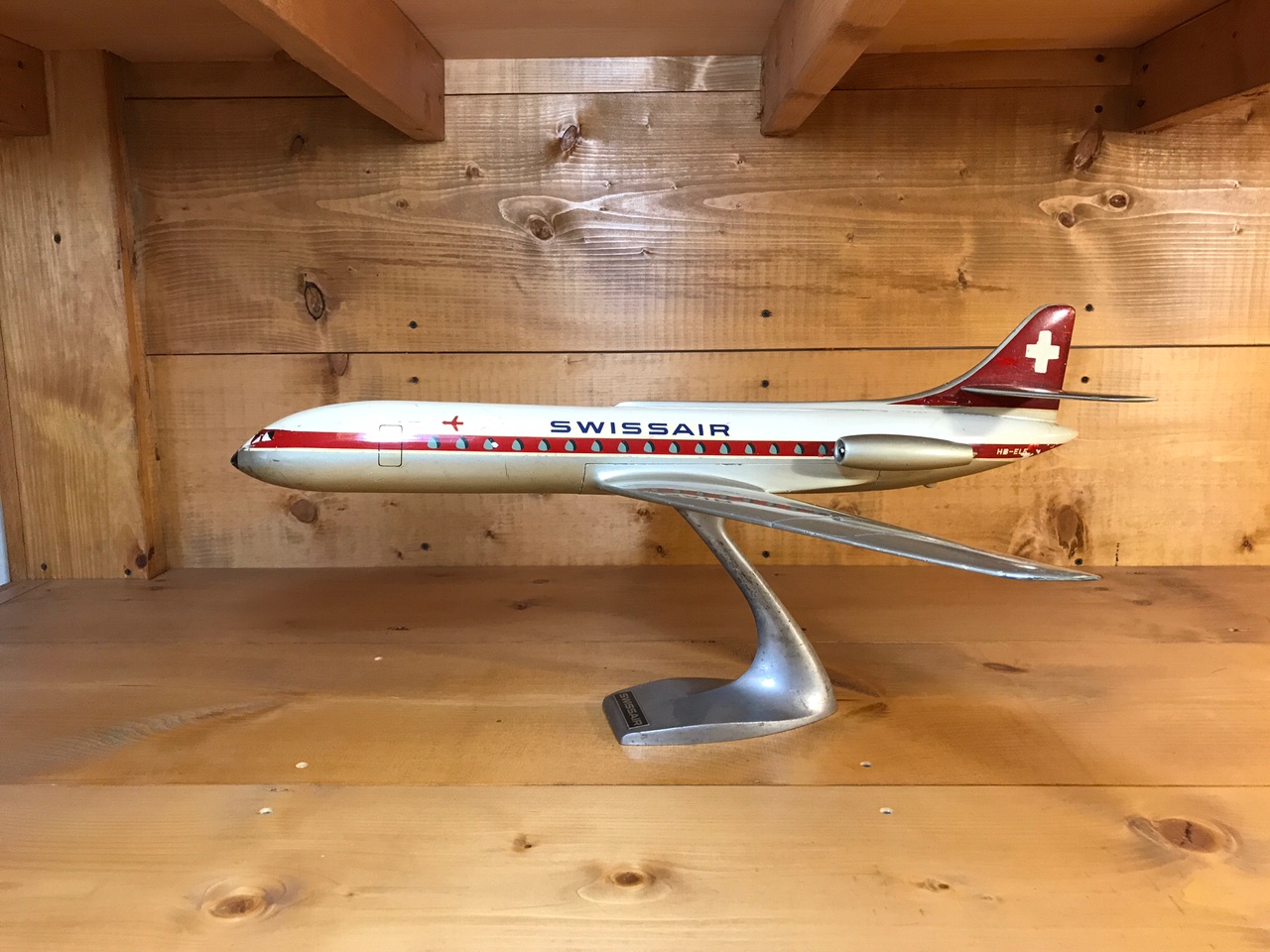
Airline Issue Models of Early Jet Airliners
Written by Jim Striplin
Even before jets were in service, the airlines already had advertising companies in full swing promoting “jet travel” as the wave of the future. Airplane model makers in the U.S., and especially in Europe, saw a surge of orders. Models of jet airliners were needed by the airlines for display in ticket offices, travel agencies, and on airline counters at airports. These models stirred up excitement and anticipation in the air traveling public. Upon seeing models of the soon to be put into service jets, passengers started dreaming of what it would be like to fly in one of these sleek, fast, and luxurious airplanes.
In England the new de Havilland Comet was all the rage. The Comet was about to go into service in 1952, and model makers in England such as Westway and Peter V. Nelson were already turning out aluminum models of the Comet prototype in BOAC markings. In anticipation of forth coming Comet service, BOAC had a small plastic “giveaway” model made for flight attendants to hand out on early flights.
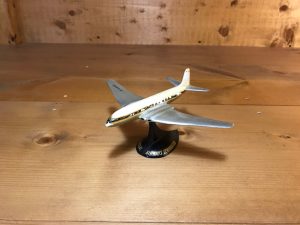 BOAC giveaway model of early Comet. This original model is made of molded hard plastic and has a wingspan of 8 inches. On the bottom of the stand it reads “MADE IN ENGLAND”. These little models were prized by kids (and adults) in England and all over the BOAC system. (author’s collection)
BOAC giveaway model of early Comet. This original model is made of molded hard plastic and has a wingspan of 8 inches. On the bottom of the stand it reads “MADE IN ENGLAND”. These little models were prized by kids (and adults) in England and all over the BOAC system. (author’s collection)
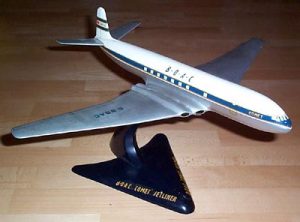 Aluminum model of a Comet 1 by Westway London in 1/72nd scale with BOAC “Speedbird” type stand. Note the square windows on the early comet. (courtesy Aeroscale)
Aluminum model of a Comet 1 by Westway London in 1/72nd scale with BOAC “Speedbird” type stand. Note the square windows on the early comet. (courtesy Aeroscale)
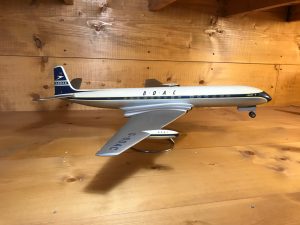 A large original 1/48th scale model of a Comet 4 by Westway in London. Model has landing gear, and is made of plastic/fiberglass. (author’s collection)
A large original 1/48th scale model of a Comet 4 by Westway in London. Model has landing gear, and is made of plastic/fiberglass. (author’s collection)
In the U.S.S.R. models of the new TU-104 were being made for Aeroflot by Soviet model makers. The TU-104 was the second jet airliner to be put into service. Models of the early TU-104s were made mainly by the Tupelov factory in house, but government commissioned models were also put on display. Early models were made of wood and primitive plastics. Later on injection molded models became available. The metal models of early Soviet airliners were not made of aluminum. They were made of a very heavy Zinc based alloy.
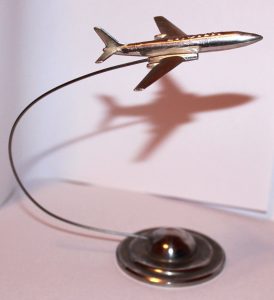 Aeroflot issued TU-104 souvenir model from the former Soviet Union. (author’s photo collection)
Aeroflot issued TU-104 souvenir model from the former Soviet Union. (author’s photo collection)
In the USA, in anticipation of the inauguration of jet service with the new Boeing 707, model maker Pacific Miniatures of Alhambra California produced large 1/50th scale models of the first series of Boeing jets. These models were big and impressive, and, they were pretty accurate considering that the actual airplanes had not yet been put into regular service. Early 707 models were based on drawings, artist conceptions, and speculation.
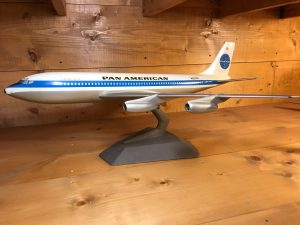 Pacific Miniatures original 1/50th scale model of a Pan American 707. Model is made of molded fiberglass and plastic. The heavy stand and stylish upright would become a PAC-MIN hallmark for many years. (author’s collection)
Pacific Miniatures original 1/50th scale model of a Pan American 707. Model is made of molded fiberglass and plastic. The heavy stand and stylish upright would become a PAC-MIN hallmark for many years. (author’s collection)
In Europe, Lufthansa Airlines in Germany bought early 707 models from companies like Raise Up of Holland, and Schaarschmidt in Berlin to promote upcoming jet service. Raise Up Models of Rotterdam Holland was a prolific model maker that produced thousands of models throughout the 40s, 50s. and 60s. Raise Up models however, did not take care to assure accuracy , especially in the nose, tail, and engine areas of their models. Many of their models appear almost “clown like”.
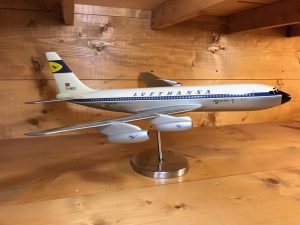 Lufthansa 707 original model by Raise Up. Note the inaccurate nose and engine pylons. The round stand with single pylon upright was something that Lufthansa specified and was used for years. (author’s collection)
Lufthansa 707 original model by Raise Up. Note the inaccurate nose and engine pylons. The round stand with single pylon upright was something that Lufthansa specified and was used for years. (author’s collection)
The Douglas DC-8 entered into service in 1959. With much anticipation, model makers in the US and abroad went into action coming out early with DC-8 replicas. Obviously, the Douglas factory itself was quick to come out with models in numerous scales. Aluminum models in both 1/72nd and 1/50th were turned out, along with huge cutaway models mounted on floor stands. Raise up in Holland was quick to get on the DC-8 train, making 1/50th scale models to sell to airlines and travel agencies.
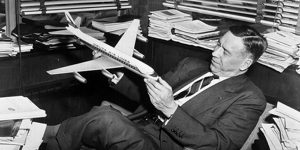 Delta Air Lines President C.E.Woolman holding an early DC-8 model. Model is a “ conception model” by the Douglas Factory for sales purposes. (author’s photo collection)
Delta Air Lines President C.E.Woolman holding an early DC-8 model. Model is a “ conception model” by the Douglas Factory for sales purposes. (author’s photo collection)
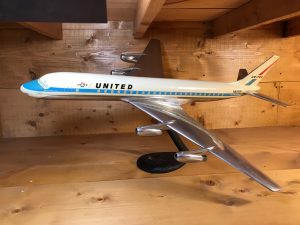 Douglas Factory United Air Lines DC-8. Model is original, unrestored. (author’s collection)
Douglas Factory United Air Lines DC-8. Model is original, unrestored. (author’s collection)
The Caravelle went into service in 1959 with Air France and SAS. This new airliner was unique in having its’ jet engines mounted at the rear of the fuselage under the tail. It was a beautiful design, and numerous model makers produced Caravelle models. Raise Up Holland of course, and others like Fermo of Denmark and even Fond Nucci of Italy did Caravelles, just to name a few.
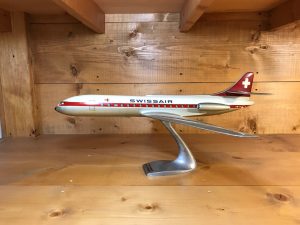 Raise Up Caravelle model in aluminum. This 1/50th scale model bears serial #1! Model is original, unrestored. (author’s collection)
Raise Up Caravelle model in aluminum. This 1/50th scale model bears serial #1! Model is original, unrestored. (author’s collection)
In 1960 the Convair 880 was put into service. The 880 was a fast airplane that was slightly smaller than the early 707s and DC-8s. Models of the new Convair 880 were made by a variety of companies for the airlines that operated them. Convair itself made the most accurate models of the airliner in house. The factory models were made in 1/50th scale of modern molded plastics. Convair had a very distinctive triangular stand.
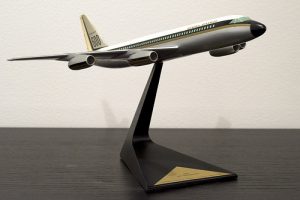 Convair factory model of the 880. (author’s photo collection)
Convair factory model of the 880. (author’s photo collection)
Fermo of Denmark made a huge model of the 880 in aluminum, that could be displayed as a solid or cutaway model with a full interior. On the smaller side, a company called Riffe models in Kansas City MO made 880 models for TWA that were displayed on ashtrays or on a regular stand.
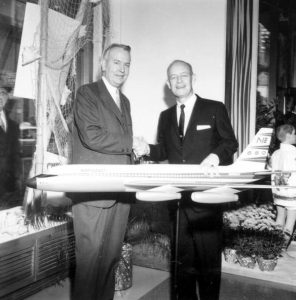 Large 880 model by Fermo of Denmark in NE Airlines colors. 1/24th scale.(author’s photo collection)
Large 880 model by Fermo of Denmark in NE Airlines colors. 1/24th scale.(author’s photo collection)
In conclusion, models played a big part in the ushering in of the “Jet Age” by the worlds airlines. Early airline issue models of the first generation jets will continue to be prized by collectors.
